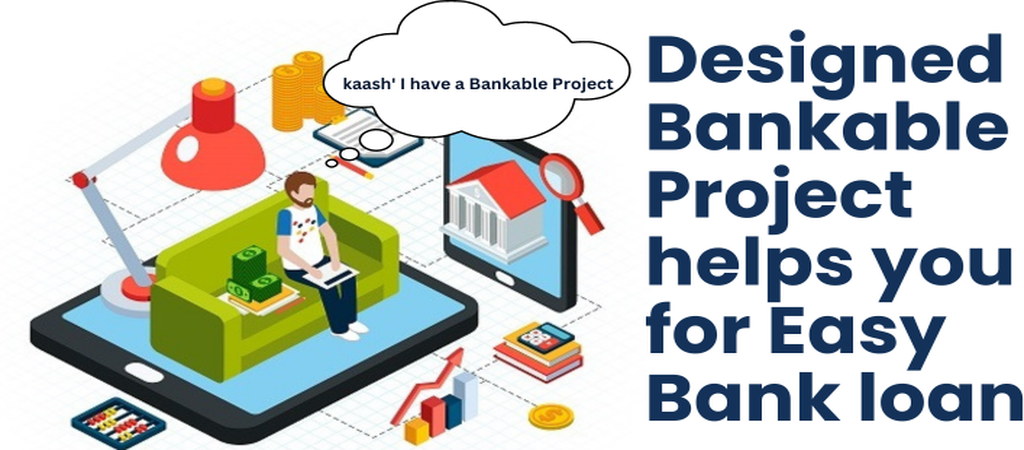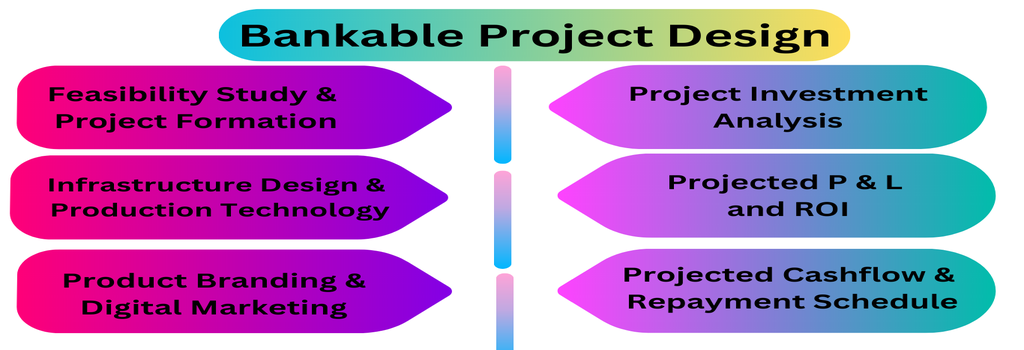
Digital Shakti School में आपका स्वागत है
Project Concept Designing

Realize Your Dream with us - We Design Your Bankable Project

“Project concept design” is the initial phase in the development of a project where the fundamental ideas, goals, and overarching vision are established. It’s the stage where the basic concept and high-level features of a project are defined and outlined before detailed planning and execution take place.
Key characteristics of project concept design include:
Idea Generation: During this phase, brainstorming sessions, discussions, and creative exploration take place to generate various ideas and concepts for the project. This is a time to explore different possibilities and directions.
High-Level Vision: The project’s overall vision, purpose, and objectives are defined. This includes understanding the problem the project aims to solve, the target audience, and the desired outcomes.
Scope Definition: The scope of the project is outlined, which includes identifying the key features, functionalities, and deliverables that will be included in the project. This helps set expectations and boundaries for the project’s development.
Preliminary Design: Basic design elements, visual representations, and rough sketches may be created to visualize how the project might look and function. This can apply to various fields such as product design, architecture, software development, and more.
Feasibility Analysis: An assessment of the project’s feasibility, considering factors like technical feasibility, resource availability, budget constraints, and potential risks, is typically conducted during this phase.
Stakeholder Alignment: It’s important to involve key stakeholders in the concept design phase to ensure that everyone is on the same page regarding the project’s direction and goals. Their input and feedback can help shape the concept more effectively.
Concept Documentation: The outcomes of the concept design phase are usually documented in a concept proposal or concept design document. This document serves as a foundation for further planning and development stages.
Flexibility: While the concept design provides a framework, it’s important to remain open to adjustments and refinements as more detailed planning and development work progresses.
In various industries, concept design can have different specific meanings. For instance:
Product Design: In product development, concept design involves creating initial sketches, 3D models, or prototypes to visualize the appearance and functionality of a product.
Architecture: In architecture, concept design sets the aesthetic and functional direction for a building or structure. It includes preliminary drawings, floor plans, and design principles.
Software Development: In software development, concept design outlines the high-level features, user interface mockups, and basic architecture of a software application.
Engineering: In engineering, concept design establishes the initial design parameters and constraints for a project, laying the groundwork for detailed engineering work.
Financial Planning: Company or Organization Formation, Investment Analysis, Projected Profit and Loss, Projected Cash-flow Design, Overhead Costing both Fixed and Variable Expenses, Depreciation Analysis, Finance Cost and Repayment Schedule.
Overall, project concept design is a critical stage that lays the foundation for the entire project and provides a clear direction for subsequent planning, design, and implementation activities. We Design Your Project from Raw land to Final launching and Branding of Product.